In recent years, the shift towards sustainable energy sources has gained significant momentum, with rooftop solar power emerging as a key player. This transformation is not just about adopting green energy; it’s about empowering homeowners and businesses to take control of their energy consumption, reduce their carbon footprint, and even achieve energy independence. This article delves into the intricacies of rooftop solar power, breaking down its benefits, installation processes, cost considerations, maintenance requirements, and the impact on property value. By unpacking these critical aspects, we aim to provide a thorough understanding of rooftop solar power and its role in today’s energy landscape.
Table of Contents:
– Understanding rooftop solar power
– The installation process
– Cost considerations
– Maintenance and longevity
– Impact on property value
Understanding rooftop solar power

Rooftop solar power systems harness the sun’s energy, converting it into electricity for residential or commercial use. This section explores the technology behind solar panels, the types of systems available, and how they integrate with existing power grids. Solar power is not just an alternative energy source; it represents a shift towards a more decentralized and sustainable energy model. By understanding the basics, homeowners can make informed decisions about adopting solar power.
The installation process
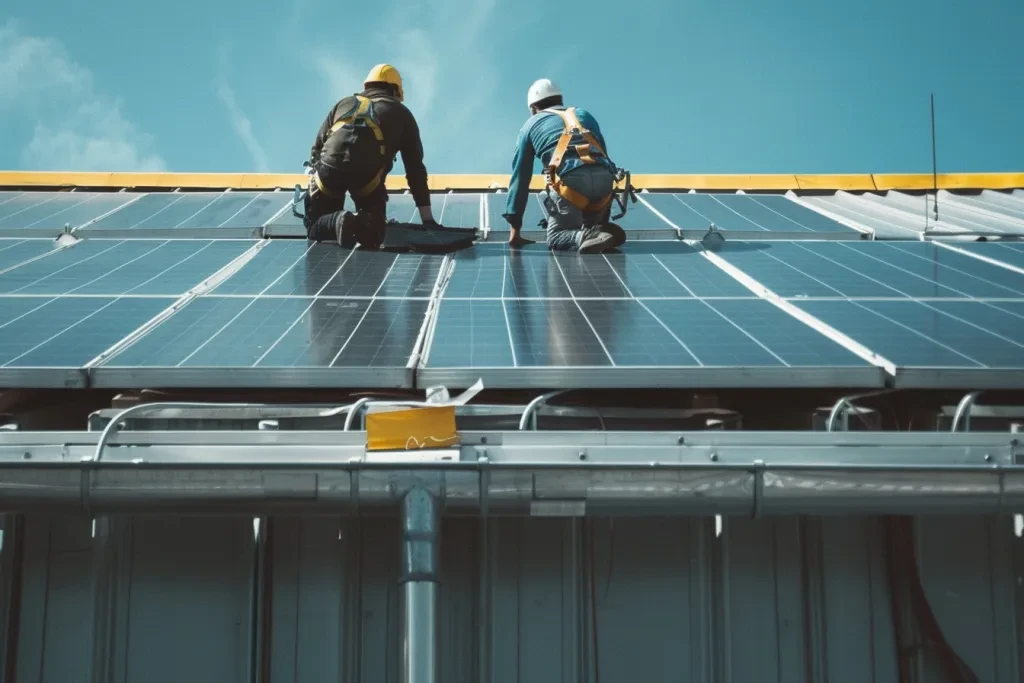
Embarking on the journey of installing a rooftop solar power system can seem daunting at first. However, breaking down the process into manageable steps can demystify it. This section covers everything from assessing your roof’s suitability and choosing the right solar panels to navigating permits and selecting a reliable installer. While the installation of solar panels is a significant undertaking, the long-term benefits of generating your own clean, renewable energy can far outweigh the initial efforts and investment.
Cost considerations
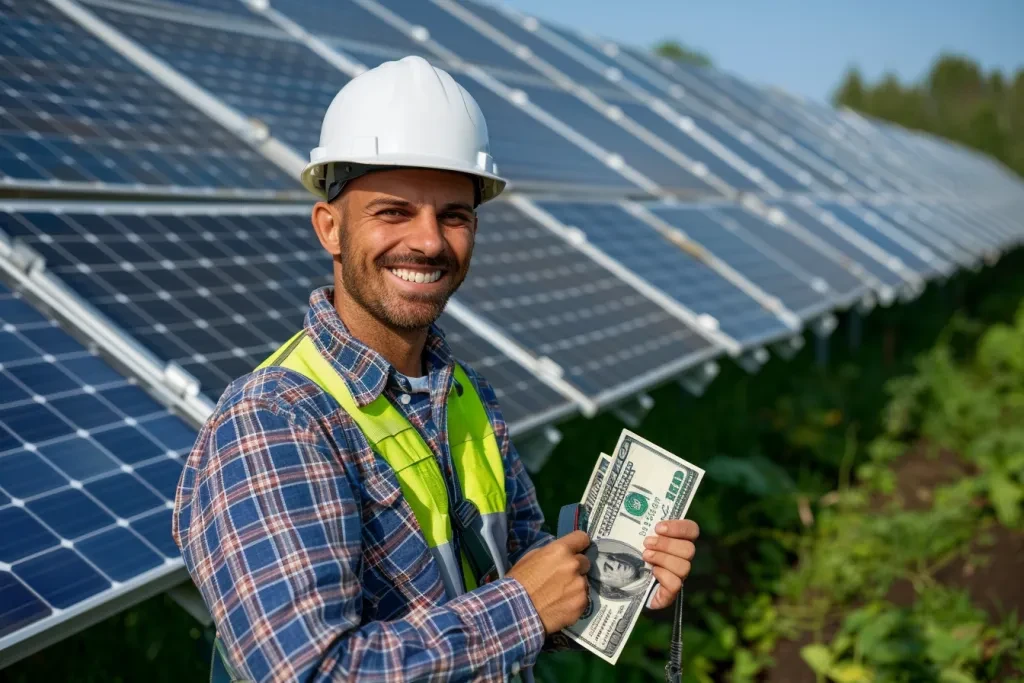
One of the most common questions surrounding rooftop solar power is related to cost. This section addresses the initial investment required, available financing options, government incentives, and the expected return on investment. While the upfront costs can be substantial, the decrease in utility bills and the potential for selling excess power back to the grid can make solar power a financially sound choice. Understanding the economic aspects of rooftop solar power is crucial for making an informed decision.
Maintenance and longevity
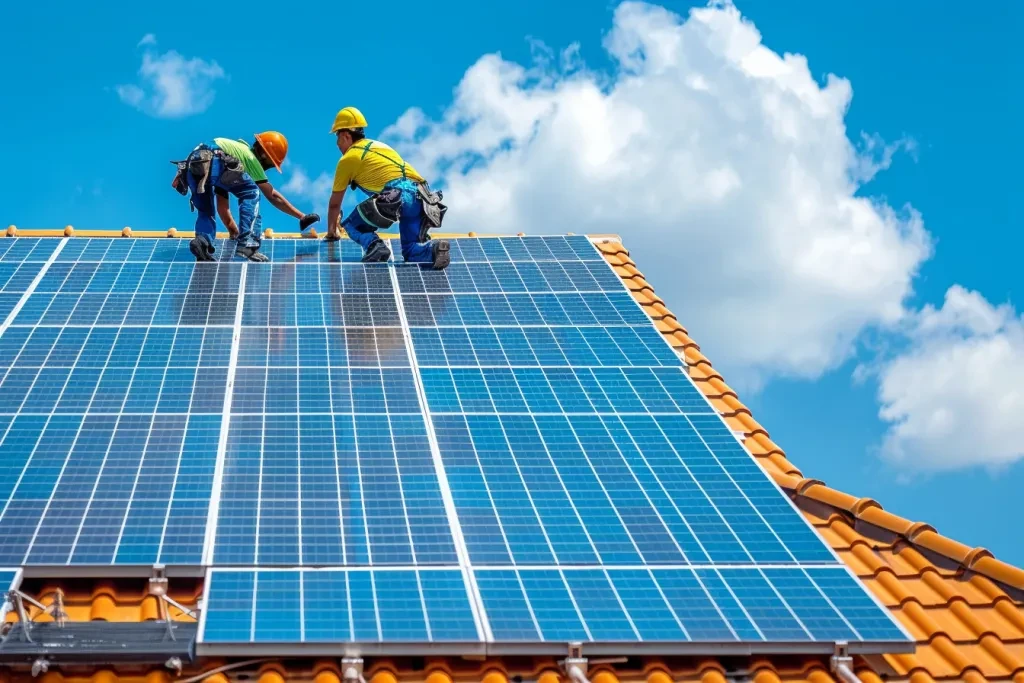
The durability and low maintenance requirements of solar panels are among their most appealing features. This section delves into the typical lifespan of a solar power system, routine maintenance tasks, and troubleshooting common issues. Proper care and occasional inspections can ensure that your solar power system continues to operate efficiently for decades, providing clean energy and contributing to environmental sustainability.
Impact on property value
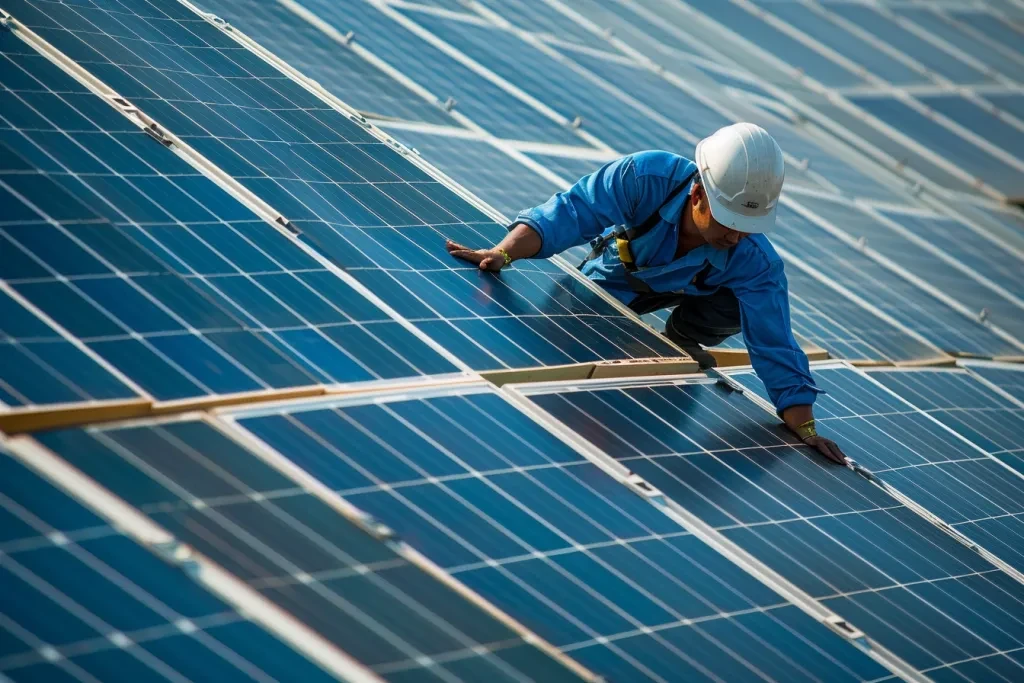
Investing in rooftop solar power can have a significant impact on a property’s value. This section examines how solar installations influence home valuation, the perception of potential buyers, and the overall marketability of a property. With increasing awareness of environmental issues and the rising costs of traditional energy sources, homes with solar power systems are becoming more attractive to buyers, potentially leading to higher resale values.
Conclusion:
Rooftop solar power is more than just an alternative energy source; it’s a long-term investment in a sustainable future. From reducing energy bills and carbon footprints to increasing property values, the benefits of solar power are clear. By understanding the installation process, cost considerations, maintenance requirements, and their impact on property value, homeowners and businesses can make informed decisions about adopting this clean, renewable energy source. As the world continues to move towards greener solutions, rooftop solar power stands out as a practical and accessible choice for many.
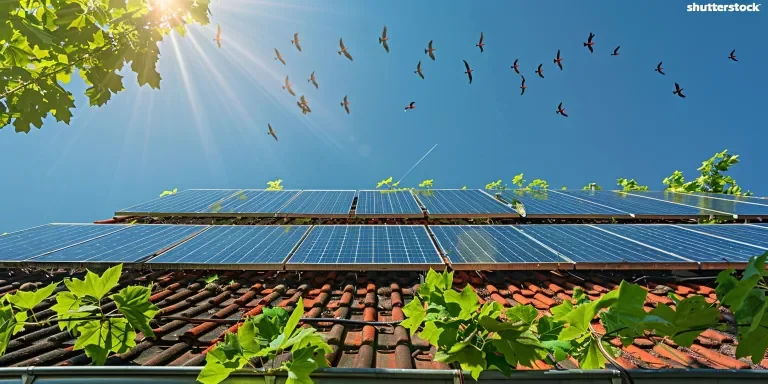




 Afrikaans
Afrikaans አማርኛ
አማርኛ العربية
العربية বাংলা
বাংলা Nederlands
Nederlands English
English Français
Français Deutsch
Deutsch हिन्दी
हिन्दी Bahasa Indonesia
Bahasa Indonesia Italiano
Italiano 日本語
日本語 한국어
한국어 Bahasa Melayu
Bahasa Melayu മലയാളം
മലയാളം پښتو
پښتو فارسی
فارسی Polski
Polski Português
Português Русский
Русский Español
Español Kiswahili
Kiswahili ไทย
ไทย Türkçe
Türkçe اردو
اردو Tiếng Việt
Tiếng Việt isiXhosa
isiXhosa Zulu
Zulu